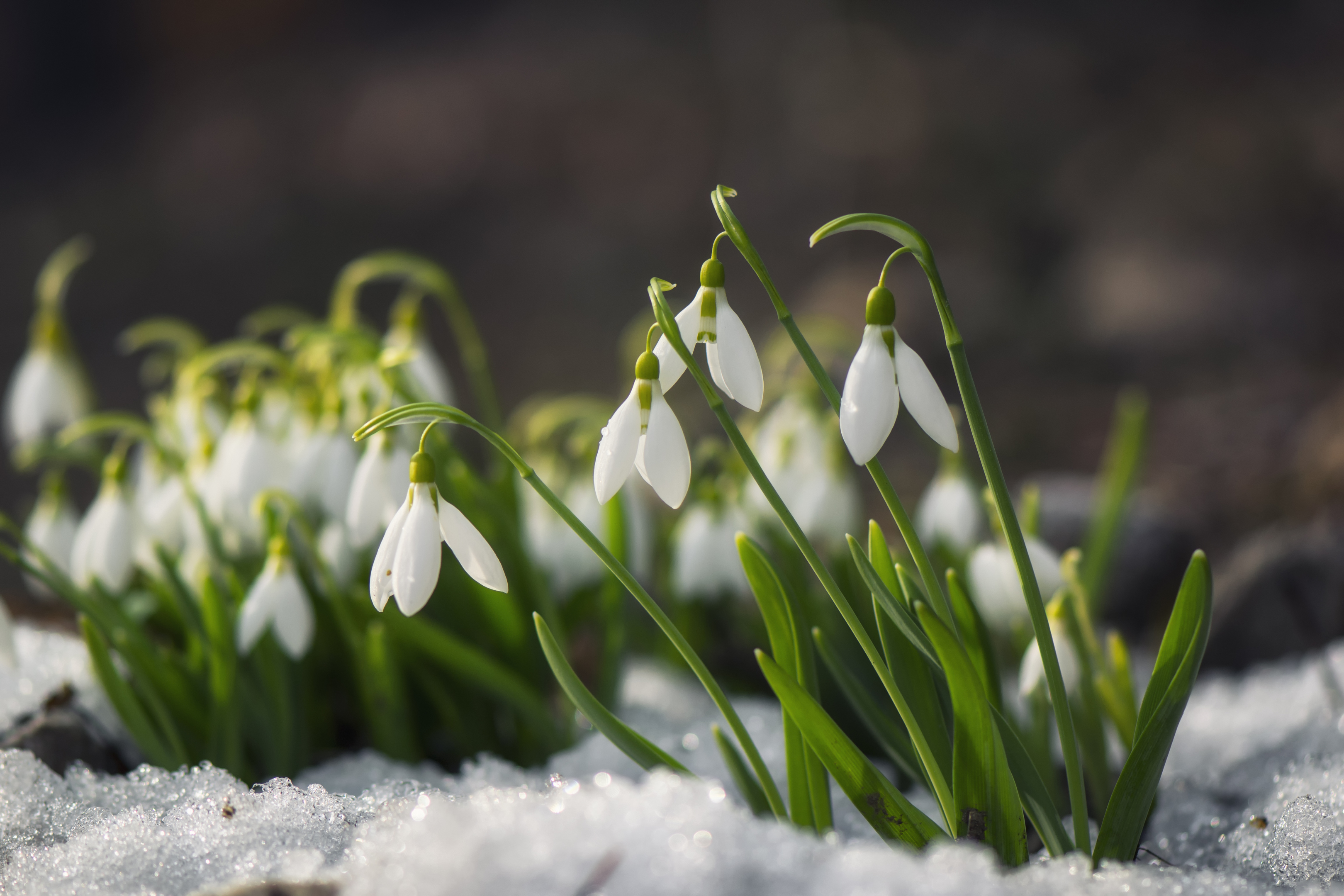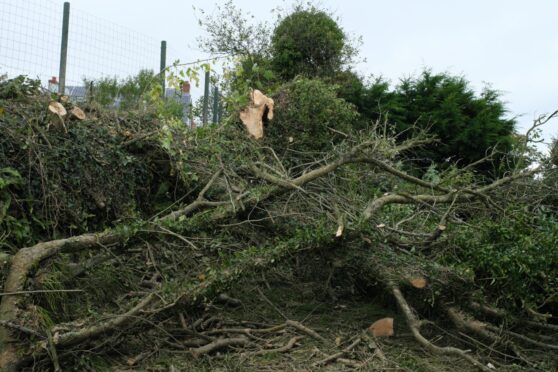“The grass is spangled with thy silver drops,” wrote the 18th century poet Charlotte Turner Smith in a tribute to the snowdrop, while another contemporary described this wonderful winter flower as “a beauteous gem” that springs forth “amid the bare and chilling gloom”.
The snowdrop is a wild plant that has inspired writers and poets for generations, a shining light against the dark barren winter soil. It is a flower with a white virginal purity that sings and dances; a marker that spring is on its way and that other flowers will soon burst into bloom.
But despite the fragile beauty of the petals, the snowdrop is an incredibly tough little plant able to withstand the hardest of frosts and being buried in the snow for days on end. Indeed, William Wordsworth noted the battering that snowdrops so frequently endure from winter storms, “…smitten by the wing of many a furious whirlblast sweeping by”.
In some parts of the country the snowdrop is known as the “snow-piercer” because of the way it pushes its emerging spear through the snow, aided by a protective sheath that covers the tip of the flowering stem.
Down by the river, my local snowdrops on the bankside often have to endure surging floods, but the crushed flowers and bent stems usually revive themselves into at least a passing resemblance of their former glory once the waters have receded. No doubt, these flash floods will also dislodge bulbs and carry them to new growing sites further downstream.
There is some uncertainty amongst botanists whether the snowdrop is native to the British Isles, but most likely it is an introduced species from mainland Europe, probably first arriving here a few centuries ago for planting in gardens and then becoming widely naturalised. Certainly, the snowdrop is commonly found by human settlements and isolated roadside colonies often mark the sites of demolished cottages.
Badgers will shortly be giving birth to cubs – most are born by the end of February or early March – and one of my local setts has undergone an extensive spring clean with much evidence of new digging activity. The spoil heap outside one the entrances was impressively large, and intriguingly, scattered across the earthy mound were several clay balls.
I had read about clay balls before but this was the first time I had ever encountered any. Half way in size between a golf and a tennis ball, they are most likely created during digging when the animal tries to clean soil stuck to its claws, the rolling action of the paws creating these earthy little spheres.
The bedding in the sett will also have been changed in preparation for the impending arrival of the cubs, but it won’t be until April before the youngsters emerge above ground for the first time. It is a good time of year to go badger watching, but you need to pick your vantage point carefully, for the adults have an excellent sense of smell.
Info
On milder February days flying insects take advantage of the nectar in snowdrop flowers, although most snowdrops in the British Isles reproduce by division of the bulbs rather than through the spread of seed.










